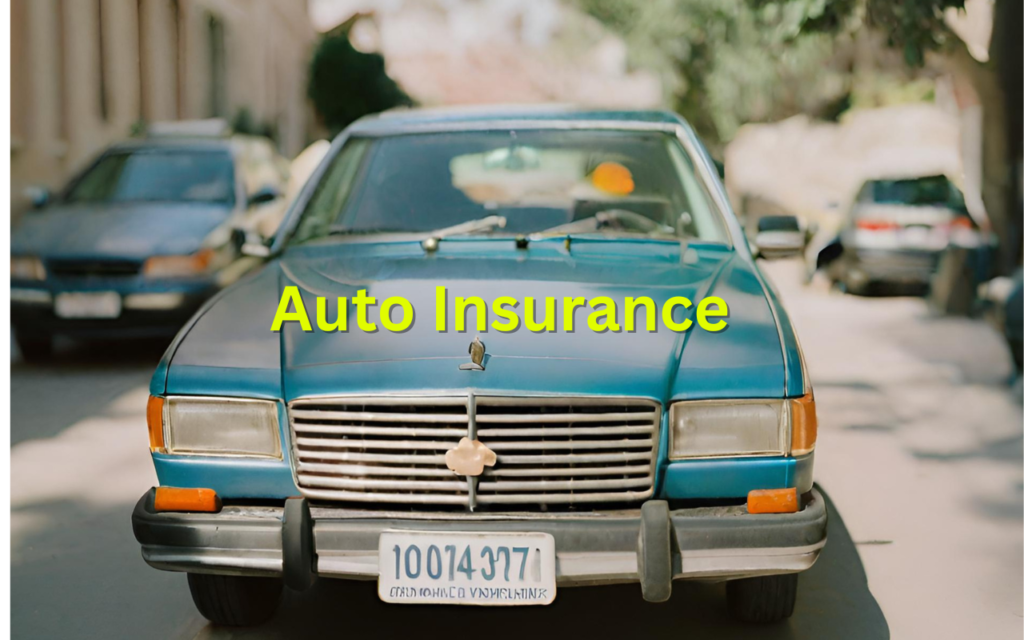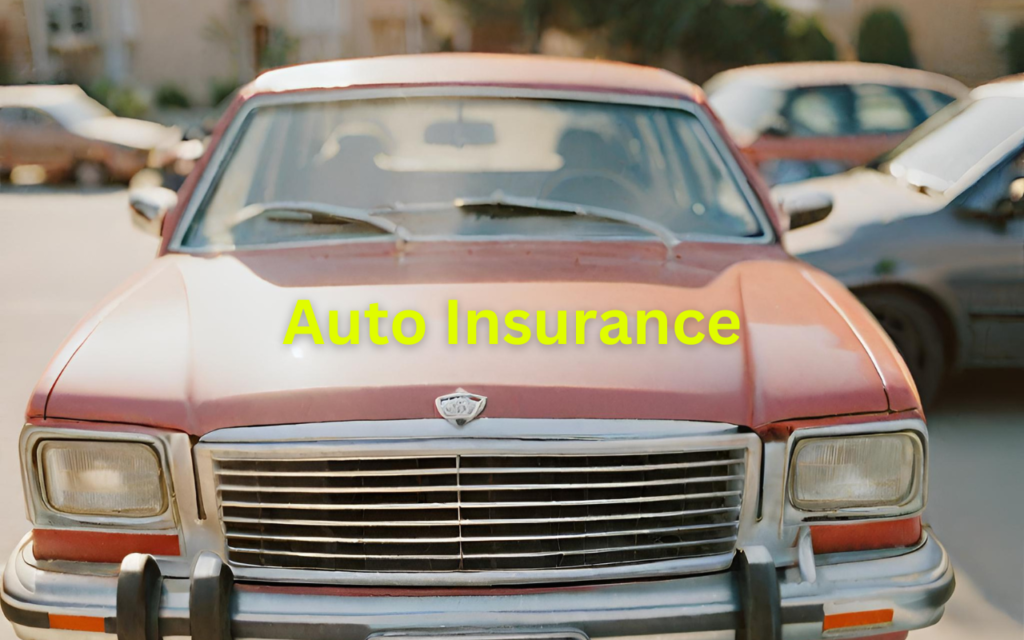A Beginner’s Guide to Auto Insurance: Everything You Need to Know
Purchasing auto insurance is mandatory in most states and critical for protecting yourself financially in the event of an accident or vehicle damage. But with so many options, factors to consider, and ways to save, buying the right policy can be confusing.

This comprehensive guide breaks down everything you need to know as a beginner to choose affordable, adequate car insurance coverage.
Types of Auto Insurance Coverage
Auto insurance policies consist of different types of coverage that protect against specific risks. The main types of coverage include:
Liability Insurance
This is required in most states and pays for injury or property damage you cause to others in an accident. It’s split into bodily injury liability and property damage liability, with minimum dollar amounts dictated by your state.
Collision Insurance
This optional coverage pays to repair or replace your vehicle after an accident with another car or object. Your deductible applies.
Comprehensive Insurance
This also optional coverage pays to repair damage to your car from non-collision incidents like theft, vandalism, fire, falling objects, floods, and severe weather. Your deductible applies.
Uninsured/Underinsured Motorist Coverage
This pays for your medical bills and vehicle damage when you’re hit by a driver with no or insufficient insurance. It’s an important complement to your own liability coverage.
Medical Payments Coverage
This optional coverage pays for injuries to you or passengers in your car, regardless of who caused the accident. It covers medical bills below a set limit.
Personal Injury Protection
Required in some states, PIP pays for injuries to you and your passengers, up to policy limits, without determining fault.
Gap Insurance
This optional coverage pays the difference between what your car is worth and what you still owe if it’s totaled, protecting you from owing extra after an insurance payout.
Rental Reimbursement
This optional coverage pays for you to rent a car while yours is being repaired after a claim.
Roadside Assistance
This optional add-on pays for towing and on-site help if your car breaks down or needs a jump start or flat tire change.
What Impacts Your Auto Insurance Costs
Auto insurance premiums are based on the level of risk the insurer estimates you present. Factors that influence your rates include:
- Driving record – Recent accidents, speeding tickets, and violations raise your risk profile.
- Age and gender – Statistically, younger male drivers represent higher risk.
- Marital status – Insurers see married drivers as more responsible.
- Credit score – Drivers with good credit tend to file fewer claims.
- Annual mileage – The more miles driven, the more exposure to accidents.
- Car make, model, year – Premiums reflect repair costs, safety ratings, and theft rates.
- Location – Densely populated areas have more accidents, thefts, vandalism.
- Coverage limits – Higher liability/property damage limits cost more but provide more protection.
- Deductibles – Choosing a higher deductible reduces premiums.
- Discounts – Usage-based, good driver, and other discounts impact pricing.
The best way to lower your auto premium is to become a less risky driver! But you can also control costs through smart choices on coverage.
Smart Ways to Save on Auto Insurance
Besides becoming an ultra-safe driver, here are some clever ways to get cheaper car insurance:
- Compare quotes – Rates vary widely among insurers for the same driver. Shop around for the best deal.
- Raise deductibles – This cuts premiums substantially. Just ensure you have savings to cover the higher deductibles if needed.
- Review discounts – Take advantage of any discounts like good driver, defensive driving course completion, good student, multi-policy, and more.
- Optimize usage – Limit mileage driven annually, use your car only for personal errands, and avoid commercial use which boosts rates.
- Improve credit – Maintaining excellent credit scores translates to savings. Monitor your credit reports.
- Drop unnecessary coverage – If your car is older, consider dropping collision and/or comprehensive coverage to save money.
- Go paperless – Opt for electronic statements and auto-pay to qualify for paperless discounts.
- Maintain continuity – Having continuous auto insurance without gaps is rewarded with lower rates.
Finding the right balance between desired protections and affordable premiums takes some homework upfront. But the peace of mind of quality coverage at the best available price is worth the effort.
When to File an Auto Insurance Claim
Hopefully you’ll never need to file a claim. But it’s important to know when you need to report an incident to your insurer:
- Accidents with injuries or property damage
- Hit-and-run collisions where the at-fault driver flees
- Theft or vandalism
- Weather events like hail storms or flooding
- Collisions with animals on the road
You should also file a claim if repairs will exceed your coverage deductible. This allows your policy to pay for damage costs beyond what you would pay out of pocket anyway.
Many insurers now offer apps to make starting a claim quick and easy with photos from the accident scene. Just be sure to call police to officially document the incident.
Why Cheapest Coverage Is Rarely Enough
Sticking with just the minimum required liability and property damage coverage isn’t wise. A serious accident can easily exceed those limits, leaving you financially on the hook.

It’s worth investing in more robust coverage like:
- Increased bodily injury liability limits to protect assets if sued
- Underinsured motorist coverage in case the at-fault driver’s insurance can’t cover your losses
- Collision coverage to repair your vehicle after accidents
- Comprehensive for incidents like theft and severe weather
Cheap, barebones policies may seem attractive for lowering short-term costs. But they can lead to major financial stress when something happens. Spend wisely to properly insure your important investment.
Conclusion: Smart Auto Insurance is Key to Protection
Finding the right auto insurance that fits your budget, assets, and risk tolerance takes some research. While premiums and options can seem confusing initially, a little knowledge goes a long way in securing coverage that provides real protection when you need it most.
Use this guide to understand the essential coverages, smart ways to save, and how to select adequate limits. If you have any other questions, trusted insurance agents are there to help explain policies and ensure you make the best choices. Investing in proper insurance provides invaluable peace of mind every time you get behind the wheel.
Thanks for reading. Any issues, contact us.
